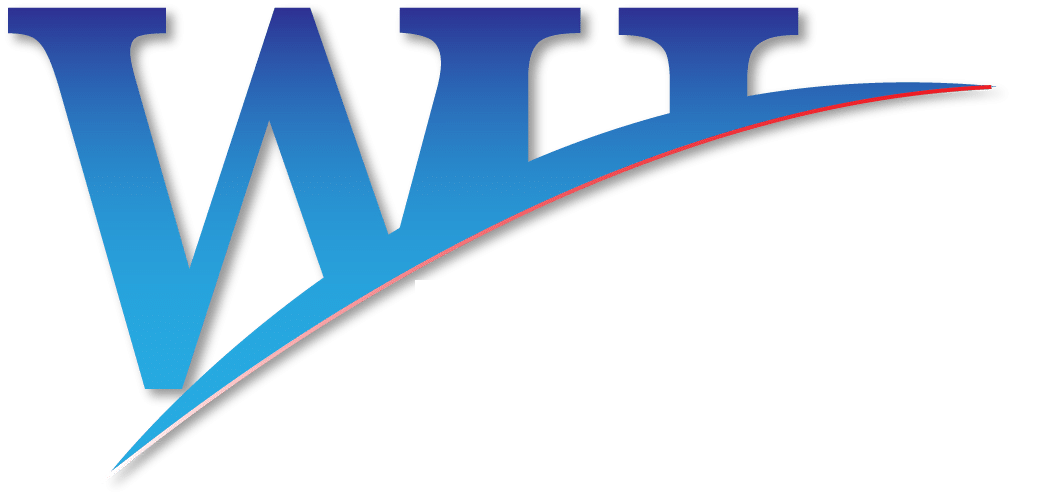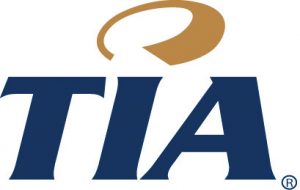What is Push-back racking?
What is Push-Back Racking?
Push-back racking is a type of pallet storage system that is used in warehouses and distribution centers to maximize space utilization and improve inventory management. It is designed to store palletized freight in a high-density configuration while allowing for efficient access and retrieval of stored items.
In a push-back racking system, pallets are loaded onto wheeled carts that are placed on slightly inclined rails within the racking structure. When a new pallet is loaded onto the rack, it pushes the existing pallets back along the rails. This creates a dynamic last-in, first-out (LIFO) storage system, where the most recently loaded pallet is the first to be retrieved.
Push-Back Racking
The following is how a push-back racking system works:
- Loading: Pallets are loaded from the front of the racking system onto carts at the back of the aisle. As new pallets are added, they push the existing pallets towards the back of the rack.
- Gravity-Assisted Movement: The inclined rails enable the pallets to move backwards and forwards along the depth of the racking system due to the force of gravity. As a new pallet is loaded onto a cart, the pallets already on the cart are pushed backward.
- Unloading: When a pallet is needed, the forklift operator accesses the aisle and retrieves the pallet. As the operator removes the front pallet, the remaining pallets slide forward on the rails to fill the empty space, making the next pallet ready for retrieval.
Pros of Push-Back Racking
- High Density: Push-back racking allows for an efficient use of available space, as multiple pallets are stored in depth along each aisle.
- Selectivity: While it operates on a LIFO basis, push-back racking provides more selectivity in comparison to drive-in racking, as each level can store a different product.
- Reduced Aisle Space: Since each aisle can store multiple pallets in depth, the number of aisles required is reduced, saving space and increasing storage capacity.
- Quick Pallet Access: Forklift operators can access and retrieve pallets from the front of the rack without having to enter deep within the racking.
- Inventory Management: While primarily a LIFO setup, push-back racking can also support a FIFO system by managing the placement of different products in specific lanes.
Limitations of Push-Back Racking
- Cost: Push-back racking can be more expensive to install than traditional selective racking systems due to the additional engineering required for the carts and rails.
- Limited Depth: The number of pallets stored in pallets stored in depth might be limited compared to some of the other high-density systems like drive-in racking.
- Maintenance: The moving components of the system, such as the carts and rails, require proper maintenance to ensure the smooth operation of the system.
Conclusion
In conclusion, push-back is suitable for businesses that need high-density storage with moderate selectivity and are dealing with a larger quantity of inventory with relatively few SKUs. The decision to implement push-back racking should consider factors such as inventory turnover, space availability, cost, and operational requirements.
Looking to learn more about transportation? We are always open to answering any questions! Reach out to us today through operations@wood-hall.com or give us a call at 519-213-1000!
-The Team at Wood-Hall Logistics

